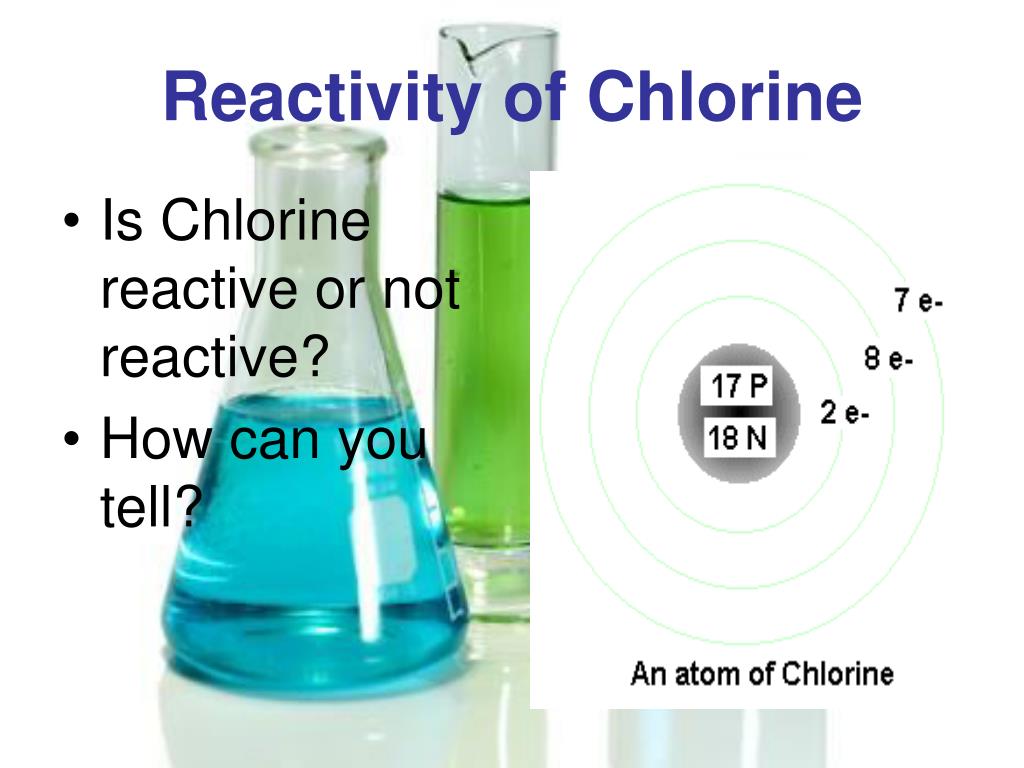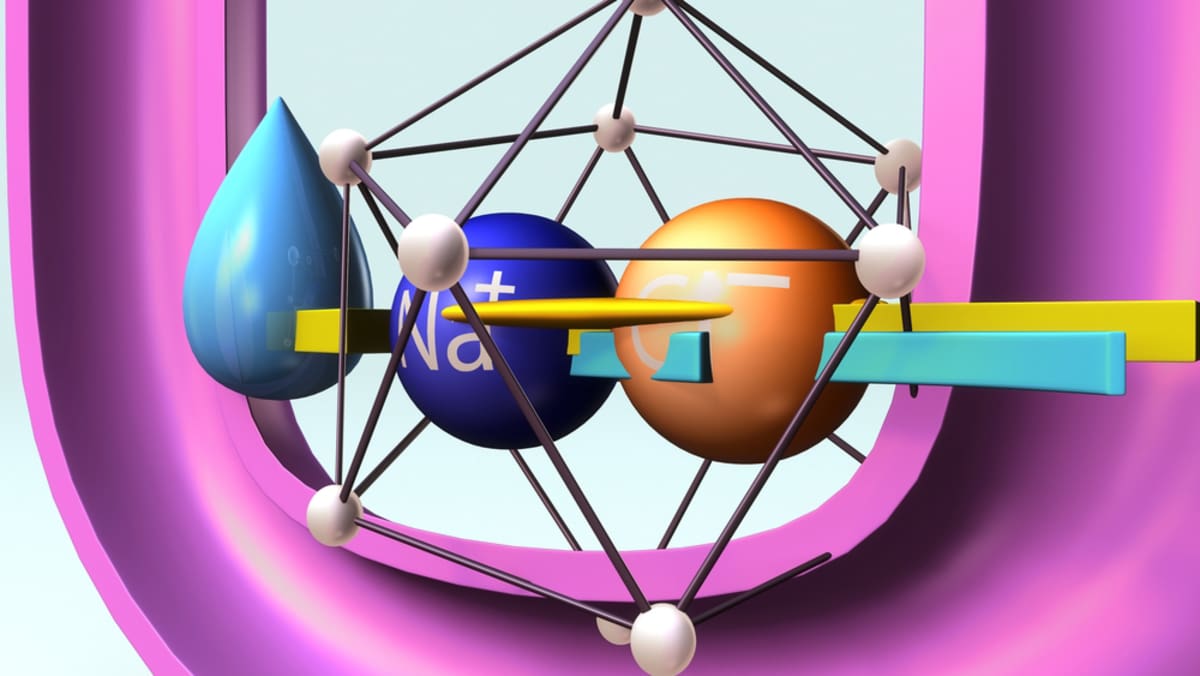

A person can get heat rash from sitting in a hot tub or swimming in a very warm body of water. It can be easy to confuse chlorine rash with heat rash. A hot tub rash can also cause inflamed, pus-filled blisters to form around hair follicles. This can lead to an itchy rash that is worse in areas covered by a person’s swimsuit. Conflicting accounts occur on the reactivity of substituted chlorines and the ensuing dechlorination pathway of PCBs undergoing catalytic hydrodechlorination (HDCl).
#CHLORINES REACTIVITY SKIN#
The bacteria, which is usually Pseudomonas aeruginosa, causes a skin infection. In this case, the high temperature of the hot tub may have broken down the chlorine, allowing bacteria to grow in the water. Reactions with Metals The reaction rate of dry chlorine with most metals increases rapidly above a temperature which is characteristic for the metal. However the resulting water phase is extremely corrosive, see Reactions with Metals below. Due to its chemical reactivity, chlorine is rarely present in nature by itself as elemental chlorine, and typically exists bonded to other elements in the form of chemical compounds such as sodium chloride. Symptoms of swimmer’s itch develop very soon after exposure to the parasite.Ī person may develop a rash shortly after sitting in a hot tub. Chlorine is only slightly soluble in water (0.3 to 0.7) depending on the water temperature. Chlorine is one of approximately 100 natural chemical elements, and naturally occurring chlorine compounds are found all over the world. However, swimmer’s itch can also cause tingling skin and a rash that looks like small red or purple pimples.

People develop swimmer’s itch after swimming in water that has not been chlorinated, as chlorine would kill the parasites.

Chlorine usually forms compounds with a valence of -1 but it can combine with a valence of +1, +2, +3, +4, +5, or +7. The reaction is initiated very easily much the same way as hydrogen and oxygen. Instead, it is an allergic reaction to a parasite that infected snails release into bodies of water. Chlorine reacts explosively with hydrogen in a range of 4 to 93 hydrogen. Swimmer’s itch is not related to chlorine exposure. The reaction of Cl(2P)+H2HCl+H serves as a benchmark for understanding the abstraction mechanism and has been the subject of numerous experimental and. The medical term for this is cercarial dermatitis. A person may instead have swimmer’s itch. Results from this study indicate that for some water resources it is important to determine the speciation of the microcystin analogues to optimise chlorination practices.Share on Pinterest A person may experience a heat rash after spending time in hot water.Ĭhlorine is not responsible for every rash that forms after swimming. Values of CT of up to 25 mg min L(-1) were required for oxidation of all microcystin analogues to below the World Health Organization guideline value of 1.0 microg L(-1).
#CHLORINES REACTIVITY FREE#
This trend was in agreement with published data on model compounds and free amino acids. The oxidation of the microcystins was related to the chlorine exposure (CT) of the sample waters with the ease of oxidation following the trend: microcystin-YR > microcystin-RR > microcystin-LR > or = microcystin-LA. In this study, four microcystin analogues were chlorinated in two treated waters, and two of the analogues were chlorinated in deionised water. Consequently, effective removal of these toxins from water is a major goal for water authorities. The presence of microcystin toxins in drinking water is highly undesirable as they have the potential to adversely affect human health.


 0 kommentar(er)
0 kommentar(er)
